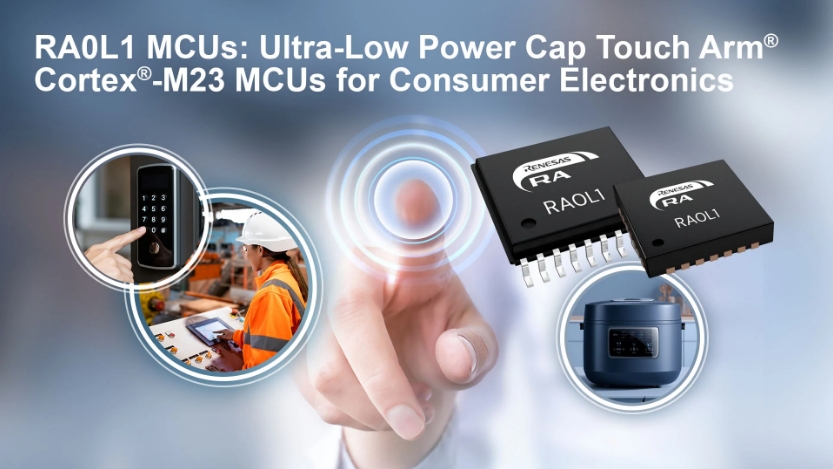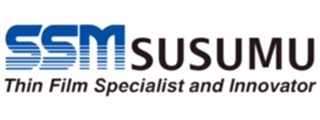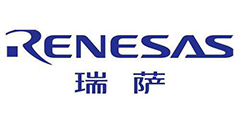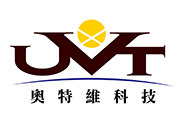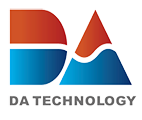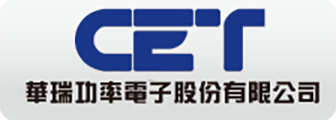- Ameya360 Component Supply Platform >
- Trade news >
- Renesas’ R-Car Open Access Platform Accelerates Software-Defined Vehicle Development With Market-Ready Software
Renesas’ R-Car Open Access Platform Accelerates Software-Defined Vehicle Development With Market-Ready Software
Renesas Electronics Corporation (TSE:6723), a premier supplier of advanced semiconductor solutions, today launched R-Car Open Access (RoX), a development platform for software-defined vehicles (SDVs) that integrates all essential hardware, operating systems (OS), software and tools needed for automotive developers to rapidly develop next-generation vehicles with secure and continuous software updates. Designed for the Renesas R-Car family of system on chips (SoCs) and microcontrollers (MCUs), the SDV platform includes comprehensive tools for the seamless deployment of AI applications. By pre-integrating all fundamental layers required to develop SDVs, RoX drastically reduces the complexities for car OEMs and Tier 1 suppliers, saving time and money.
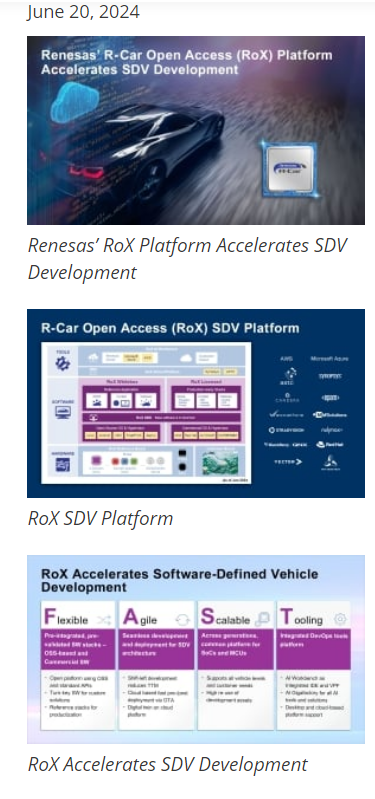
The advent of SDVs represents a major step forward in automotive technology – accelerating toward more driving autonomy, electrification and connected experiences. Cars have to be aware of the 360-degree surrounding space with ASIL D levels of sensing, processing and control to deliver safety and autonomy applications. The in-cabin experiences for drivers and passengers are being revolutionized. As a result, modern electrical/electronics (E/E) architecture depends on software to control vehicle functions, manage real-time data networks across different ECU zones, and provide customer differentiation. It has become more difficult to maintain and upgrade these complex software stacks while ensuring the highest levels of safety. Renesas’ customizable solution solves these challenges by offering a cloud-native development environment and a simulation platform, supporting the software-first approach and parallel hardware and software development.
Out-of-box Platform with Market-Ready Software Stacks
The flexible RoX SDV platform is available in two versions. “RoX Whitebox” is an open, easily accessible software package that includes royalty-free OS and hypervisor software such as Android Automotive OS, FreeRTOS, Linux, Xen and Zephyr RTOS, as well as reference applications designed for specific domain systems. “RoX Licensed” is based on industry-proven commercial software solutions, such as QNX and Red Hat In-Vehicle Operating System, as well as AUTOSAR-compliant software and SAFERTOS®. It is pre-integrated and tested to run on Renesas’ R-Car SoCs and MCUs and includes pre-validated software stacks from STRADVISION for Advanced Driver Assistance Systems (ADAS) and Candera CGI Studio for in-vehicle infotainment (IVI), to name a few. These software solutions can be easily productized and customized or expanded depending on OEMs’ needs.
With the RoX SDV platform, automotive system engineers can start building their software immediately using a highly integrated toolchain even before the hardware is available. This is made possible through the cloud environment and the virtual development platform, which let developers design, debug in simulation, and verify their software before deploying on live SoCs and MCUs. The virtual development platform includes the Renesas Fast Simulator (RFS) as well as partner solutions such as ASTC VLAB VDM and Synopsys Virtualizer Development Kit (VDK) to provide broad coverage of simulation speed, features and use cases.
For seamless end-to-end AI development, RoX offers the AI Workbench to enable developers to validate and optimize their models and test their AI applications all in the cloud, either on the virtual development platform or on Renesas board farms. A wide range of AI models, automated pipelines, as well as a specific hybrid compiler toolchain (HyCo) are available to support the rapid AI deployment on the R-Car heterogeneous compute platform across generations of SoCs.
AWS Cloud Services Now Available
The RoX SDV platform now supports Amazon Web Services (AWS) cloud computing services as part of the AI Workbench development environment. With the Renesas R-Car SDK (Software Development Kit) containerized in the AWS cloud environment, developers can innovate and optimize their designs more efficiently. This tight integration allows them to simulate and test hardware and software combinations instantly and deploy AI applications that seamlessly run on R-Car devices.
Scalable R-Car Gen 5 Family
The RoX SDV platform is designed for current generation R-Car SoCs, the upcoming R-Car Gen 5 MCU/SoC Family, and future devices. The SDV platform provides car OEMs and Tier1 suppliers the flexibility to design a broad range of scalable compute solutions for ADAS, IVI, gateway and cross-domain fusion systems as well as body control, domain and zone control systems.
Renesas’ R-Car Gen 5 is currently the only hardware architecture in the industry that can accommodate the full range of processing requirements – from zonal ECUs to high-end central compute, serving from entry-level vehicles to luxury-class models. Thanks to a new unified hardware architecture based on Arm® CPU cores, customers developing with the R-Car Gen 5 devices will be able to reuse the same software and tools across diverse E/E applications that span car models and generations, preserving their engineering investments. Renesas’ high-performance SoC products will offer both domain-specific and cross-domain solutions using application processing, large display capabilities, sensor connectivity, GPU and AI processing.
“RoX is a significant advancement that will speed up the shift-left approach for software-defined vehicles,” said Vivek Bhan, Senior Vice President and General Manager of High Performance Computing at Renesas. “Today, car OEMs and Tier1 suppliers are heavily investing in software development and maintenance. Renesas understands this challenge and is closely working with them to deliver a flexible, ready-to-deploy development solution that can be maintained throughout the vehicle’s lifespan. The RoX platform empowers our customers to design vehicles that deliver new value and bring improved safety and delightful comfort experiences to drivers and passengers.”
“At AWS, we’re committed to helping our customers and partners accelerate development and bring innovation to drivers faster than ever before,” said Andrea Ketzer, Director of Technology Strategy, Automotive & Manufacturing at AWS. “With Renesas’ R-Car Gen 5 devices supported by the AI Workbench on AWS, customers will achieve faster and more validated simulations and the ability to develop independently of hardware. This step change in development will drive the industry forward and place software innovation at the forefront of mobility.”
According to TechInsights, the market shift to domain, zonal and centralized architectures will translate to a growing processor market, incorporating SoCs and MCUs, worth $25.9 billion by 2031. “Being able to maintain and upgrade complex software stacks that incorporate operating systems, hypervisors and other functional software stacks will thus become an increasingly critical element of the supply chain,” said Asif Anwar, Executive Director of Automotive End Market Research at TechInsights. “By also being able to offer cloud-native environments to support a software-first approach to development and testing of the hardware, the Renesas RoX SDV platform offers a ready-built ecosystem that encompasses these elements in support of a scalable portfolio of next generation R-Car Gen 5 processors to address this sizable market.”
Renesas’ R-Car Open Access Platform is being demonstrated at the AWS Summit Japan in Tokyo from June 20-21.
RoX SDV Platform Partners:
Operating System/Hypervisor Partners
QNX
Red Hat
Vector AUTOSAR
WITTENSTEIN SAFERTOS®
Software Stack Partners
Candera CGI Studio
EPAM AosEdge
Excelfore eSync
MM Solutions
STRADVISION SVNet
Nullmax
Development Tools Partners
ASTC VLAB Works
Synopsys Virtualizer Development Kit (VDK)
Cloud Partners
AWS
Microsoft Azure
Availability
The R-Car Open Access Platform is available today with the option to license. Open-source OS, commercial OS, full application software stacks, virtual development, cloud infrastructure and debugging and emulation tools are available by Renesas or through partners. Additional information about the development platform is available here and information about the R-Car Gen 5 Family can be found here. Please contact your local sales teams for more details.
Online messageinquiry

Renesas Adds Two New MCU Groups to Blazing Fast RA8 Series with 1GHz Performance and Embedded MRAM
- Week of hot material
- Material in short supply seckilling
| model | brand | Quote |
|---|---|---|
| CDZVT2R20B | ROHM Semiconductor | |
| RB751G-40T2R | ROHM Semiconductor | |
| TL431ACLPR | Texas Instruments | |
| BD71847AMWV-E2 | ROHM Semiconductor | |
| MC33074DR2G | onsemi |
| model | brand | To snap up |
|---|---|---|
| ESR03EZPJ151 | ROHM Semiconductor | |
| BU33JA2MNVX-CTL | ROHM Semiconductor | |
| TPS63050YFFR | Texas Instruments | |
| STM32F429IGT6 | STMicroelectronics | |
| IPZ40N04S5L4R8ATMA1 | Infineon Technologies | |
| BP3621 | ROHM Semiconductor |
- Week of ranking
- Month ranking
Qr code of ameya360 official account
Identify TWO-DIMENSIONAL code, you can pay attention to


Please enter the verification code in the image below:


